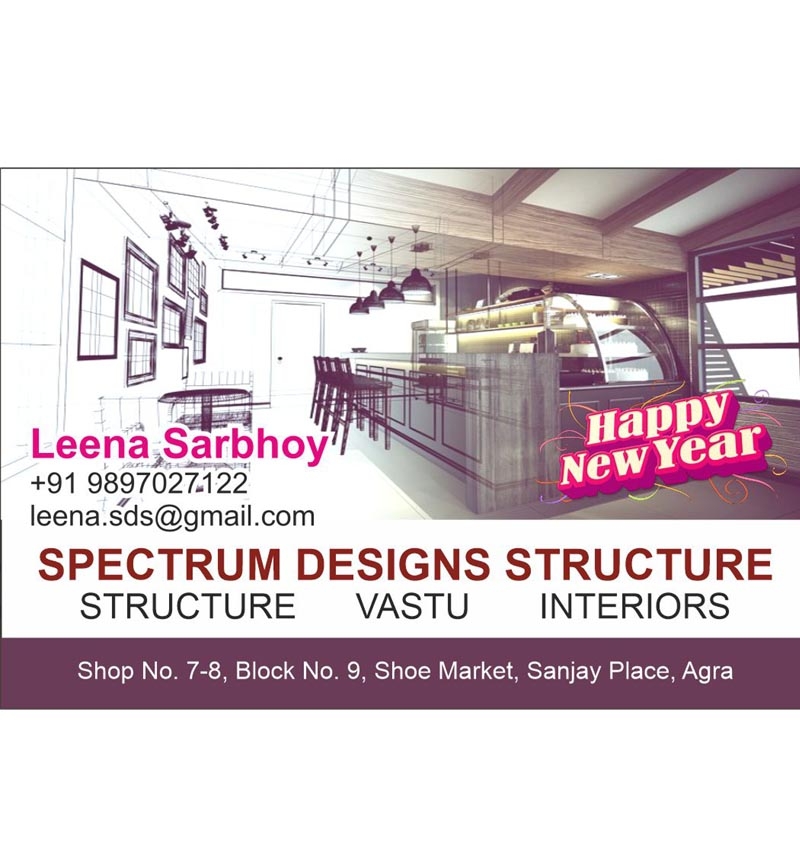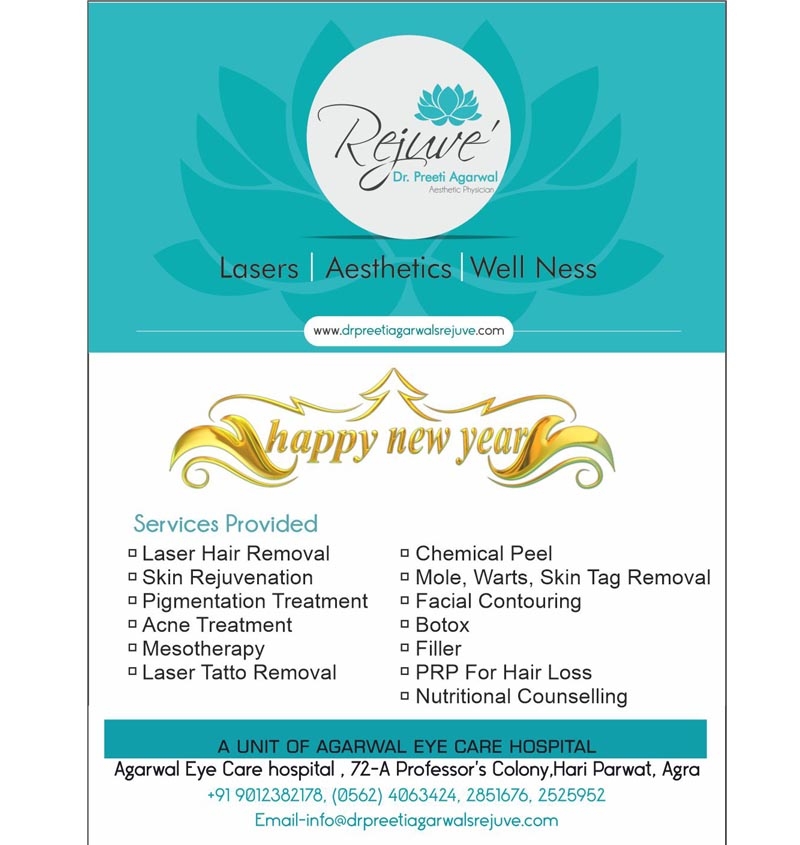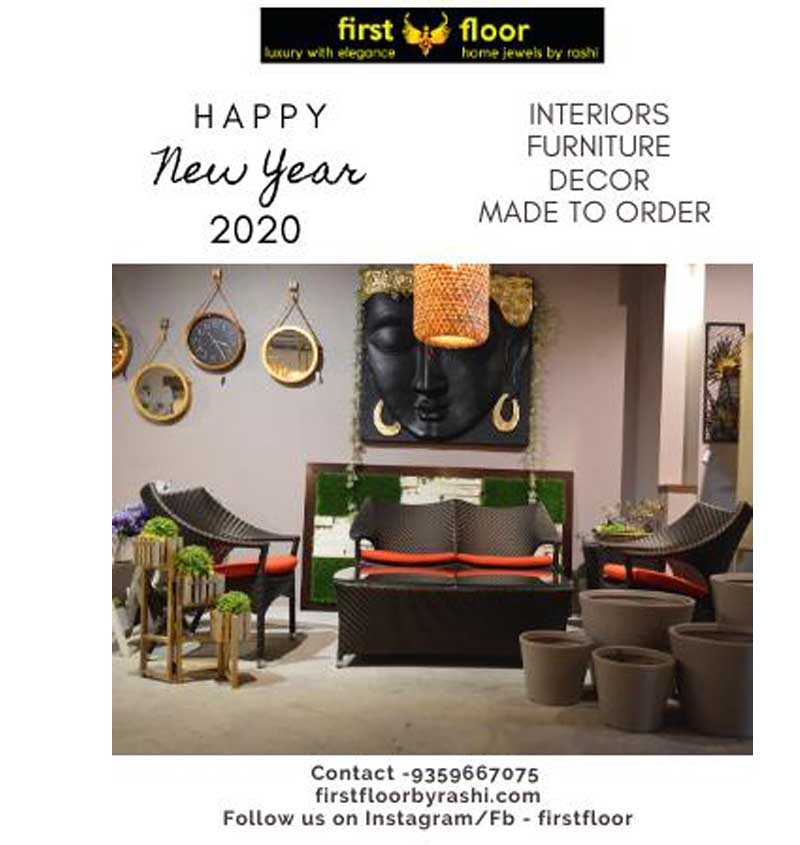In a fast-paced, hyperconnected world, home has become more than just a place to live—it’s a sanctuary for mental, emotional, and physical well-being. Modern interior design is evolving to focus not only on beauty but also on balance, mindfulness, and comfort. Welcome to the era of healing homes—spaces that help you feel good, not just look good.
1. The Power of Mindful Design
Design for well-being begins with intention:
-
Spaces designed to reduce stress and support calm.
-
Thoughtful layouts that promote flow and natural light.
-
Environments that encourage presence and peace.
It’s about creating a home that feels like an exhale.
2. Nature as Therapy
Biophilic design—connecting interiors with nature—is at the heart of wellness design:
-
Indoor plants that purify air and boost mood.
-
Natural textures like wood, linen, and clay.
-
Soft, earthy color palettes that ground the senses.
Nature is the best designer—and the best healer.
3. Light and Air: The Invisible Essentials
Healthy homes maximize natural elements:
-
Large windows for sunlight and views.
-
Cross-ventilation for fresh air flow.
-
Smart lighting systems that align with circadian rhythms.
Good design starts with what you can’t see—but can always feel.
4. Emotional Comfort in Every Detail
Well-being is deeply personal:
-
Cozy reading corners for quiet retreat.
-
Scented candles and soft fabrics that soothe.
-
Family photos and handmade art that tell your story.
Every choice adds emotional warmth and authenticity.
5. Decluttered Spaces, Clear Minds
Minimalism isn’t about having less—it’s about living with intention:
-
Clean lines and organized spaces reduce mental noise.
-
Multi-functional furniture keeps rooms airy and open.
-
Storage solutions that simplify daily routines.
When your space is clear, your thoughts follow.
6. Technology with a Human Touch
Well-being design embraces tech—but gently:
-
Air purifiers and smart thermostats enhance comfort.
-
Mood lighting systems support relaxation.
-
Noise control and sleep-enhancing smart devices promote rest.
Tech supports wellness, rather than overwhelms it.
Final Thoughts
Homes that heal are not about perfection—they’re about presence. When design prioritizes light, nature, comfort, and authenticity, it creates a space that truly nurtures you.
Because the most beautiful interiors are not just seen—they’re felt.



















Your Message